WASHINGTON — The two biggest New York-area infrastructure projects on Amtrak’s Northeast received mixed news on Monday, as the Federal Transit Agency upgraded the rating of the aging Portal Bridge replacement plan, while retaining the low rating for the Gateway Tunnel project between New York and New Jersey.
NorthJersey.com reports that the Portal North Bridge project received a “medium high” rating in the latest FTA rankings of project priority. That means the $1.8 billion plan for the new bridge can enter the engineering phase. The project would replace the aging swing bridge over the Hackensack River which sometimes fails to lock into place after opening, delaying rail traffic [see “Bridge failure leads to NJ Transit commuter woes,” Trains News Wire, Oct. 31, 2018]. Those problems led to significant restrictions on when the bridge can be opened [see “Coast Guard to make permanent ban on rush-hour openings of Portal Bridge,” Trains News Wire, Oct. 2, 2019].
New Jersey Gov. Phil Murphy and Amtrak board chairman Tony Coscia hailed the revised rating for the bridge.
In an NJ Transit press release, Murphy said the decision “puts us one step closer toward our ultimate goal; replacing this unreliable, century-old bridge and reducing delays for NJ Transit customers. … New Jersey remains ready and willing to work cooperatively as a full partner to ensure that this project, which affects the commutes of tens of thousands of our residents daily, is completed as expeditiously as possible.”
Coscia said Amtrak was “thankful” for the improved rating.
“A new bridge will significantly increase reliability for the 200,000 daily Amtrak and NJ Transit customers that cross the Hackensack River each day.”
The $11 billion tunnel project, meanwhile, remained at a “medium low” priority rating, reportedly because of concerns over local funding. That ranking makes it ineligible for federal funds.
“While it is my hope that the advancement of Portal Bridge represents a recognition by the Trump administration that Gateway is a project of national significance, the continued low ratings for the Hudson River tunnels show that we must remain vigilant and continue to hold this administration’s feet to the fire,” U.S. Sen. Robert Menendez (D-N.J.) said in a statement reported by NJ.com.
The decision on the tunnel comes less than a week after power failures forced closure of one of two existing tubes under the Hudnson River, leading to major delays for rail travelers. At the time, U.S. Rep Mikie Sherrill (D-N.J.) released a statement saying in part, “funding for Gateway is more than just a regional concern — it is a national priority and our economy depends on getting shovels in the ground.”
The full list of FTA project rankings is available here.





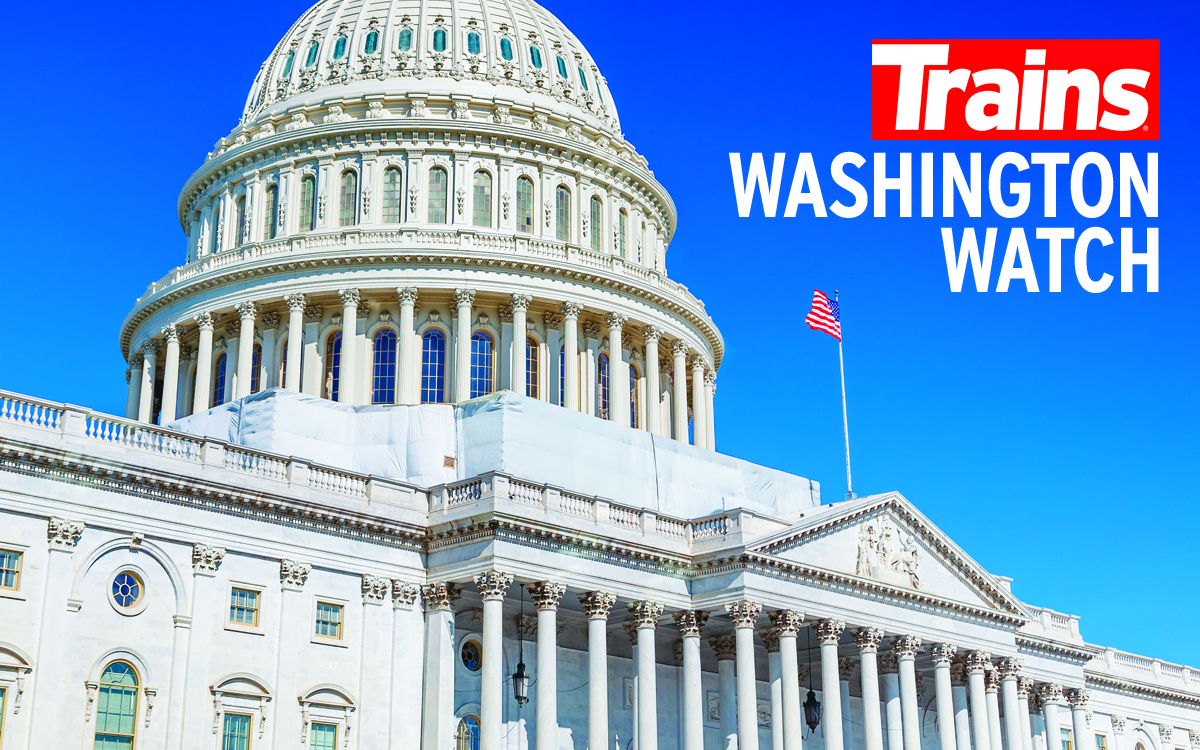

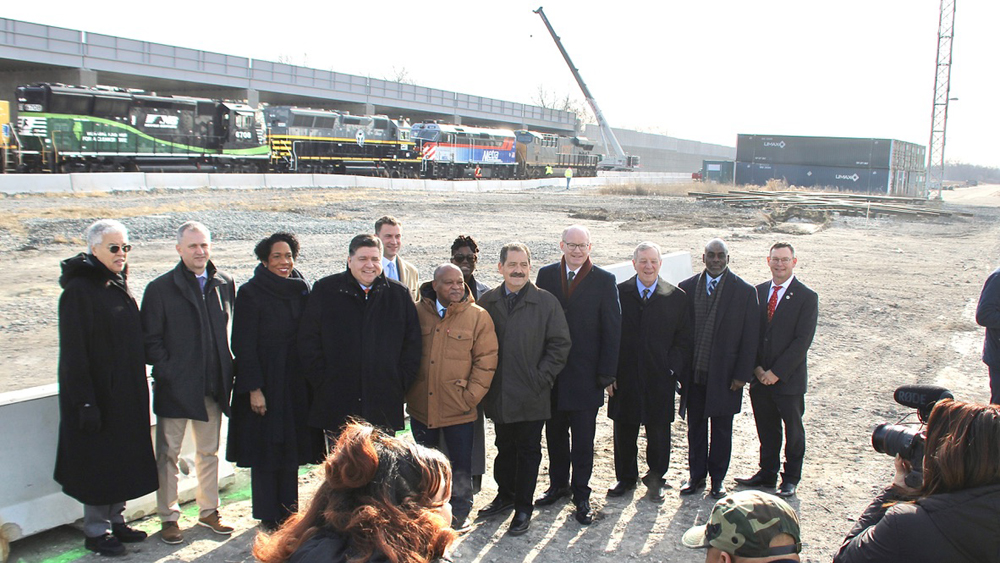
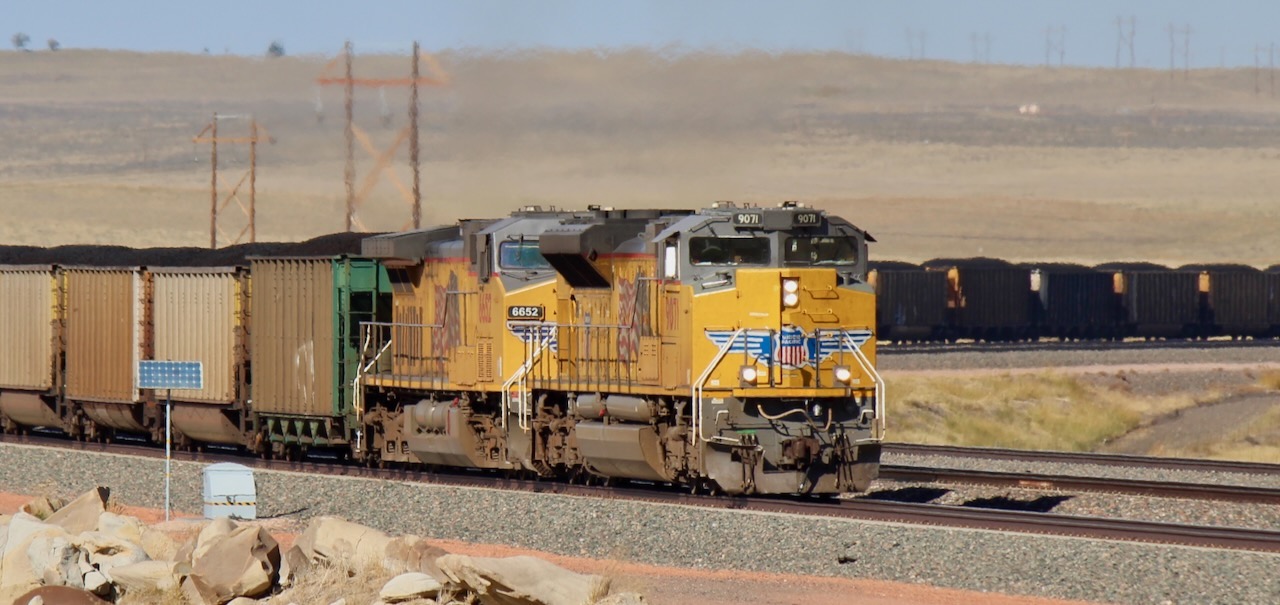
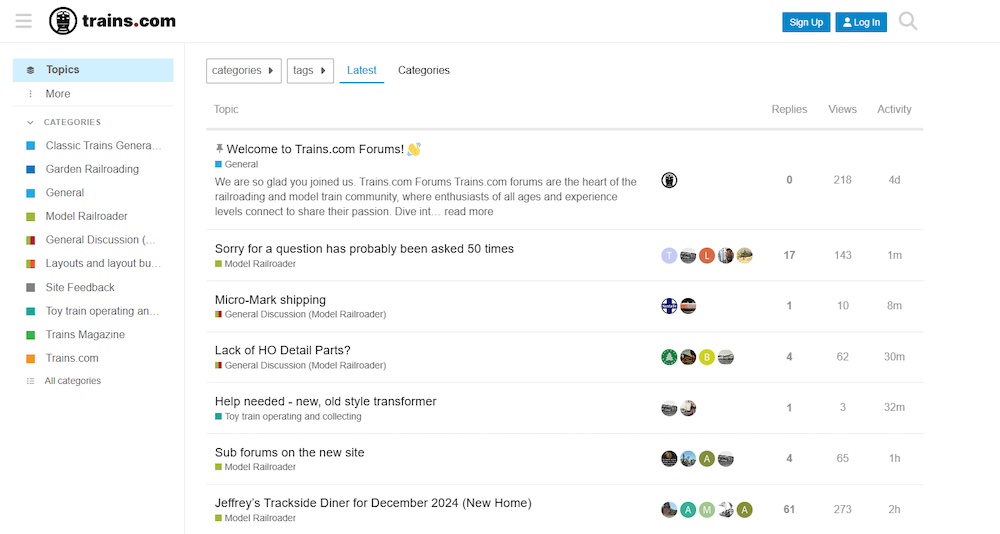
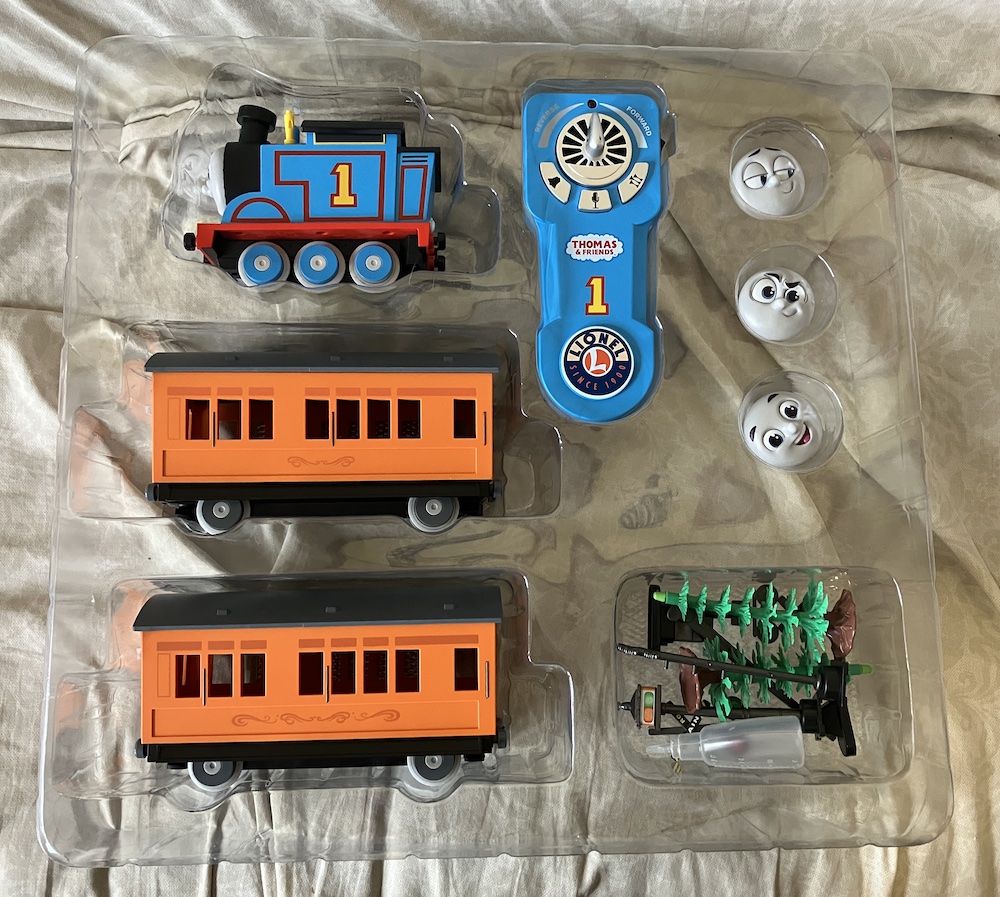




I can attest a direct connection between the Hudson River tunnels and my home in Alaska. Occasional travel between my home and various destinations in the northeast takes me or family through those tunnels. A tunnel failure (or other single weather/transit/Amtrak/aviation issue in the New York region) creates chaos and expense that ripples nationwide. I can personally attest to this. While not specifically tunnel issues, at least four times in recent years I have incurred major delay and moderate expense due to travel issues centered in the N.Y. to Philly corridor—twice directly related to Amtrak, the other two to aviation issues. These are the major delays—8-24 hours, not the hour or two delay.
I want those tunnels to work!
ANDREW – Nice math but you are using ginned-up statistics to cover a lack of common sense. Nothing is amortized over 100 years, the pay-back period you put forth. If a project can’t show some moxie within a twenty year amortization it can’t swing the cash.
Also if you can guarantee 1.89% over 100 years you have left God, Mary, Jesus and Joseph behind.
ANDREW – I sat through Engineering Economics and I did very well in the course. During the course I figured out for myself that after about a decade deep the numbers mean less and less in a geometric series. (Yet you propose ten decades.) The interest rate can’t be forecast and other factors come into play. These other factors include all of the following: maintenance costs, operational costs, and revenue. Even if roughly projected, these are impossible to predict a decade out (let alone ten decades) within the precision implied in the supposed pay-back calculation. After a decade deep, these calculations don’t mean anything more than a committee of guys and gals asking themselves if a project makes any sense or not.
ANDREW – A hundred years out you don’t know if we will have railroads or even if we still will have the United States or even if we still will exist as a species. Find a way to justify the project in the here and now.
That’s not hard to do. Here’s my calculation. The existing tunnels are 110 years old, won’t get any younger over the twenty to forty years it will take to replace them, and are known to be damaged. So let’s get to wok – NOW – to find the money. End of calculation.
If Amtrak charged the NEC states under PRIIA funding rules instead of giving them a free ride at the expense of the other states that are paying full boat for regional services under 750 miles, the tunnels would be easily financed, ant the burden would fall exactly where it should, on the people who depend on the tunnels rather than on states like South Dakota which have no Amtrak service at all. When the governors of states such as MO, IL, CA, WI,VA, and NC wake up and realize how they are being screwed for their regional services, then maybe there will be a revolution.
Mrr. Landey,
I think your argument is well thought-out and effective. Thanks.
Maybe because the people of those states paid that money to the Federal Government and expect it to be utilized for their benefit.
“…reportedly because of concerns over local funding.” As Gomer Pyle would say, “Well gaahly.” Never saw that one coming, Sen Menendez.
Sounds like a good project – but why should taxpayers (federal and New Jersey) foot the bill? Instead charge the users of the bridge and give that $1.8 billion back to the taxpayers.
$1.8 billion dollars amortized over 100 years at 1.89% divided by the 200,000 daily passengers is $0.55 per passenger. Add it to the ticket price. As the number of passengers goes up, the payment per passenger would go down.
.Northeastern states send more money to the feds than they get back unlike many southern states. We re entitled to get something back f or the income taxes remitted to the gov’t from this area.
Mr. Dickey, please provide the source of the $1.8 Billion in cash, to build this project so that you can then amortize it out over 100 years once in service. Maybe you sources of cash we are unaware of.
I suppose I could consider funding rail passenger infrastructure capital projects to restore old infrastructure to a state of good repair as an add on to the per passenger ticket price.
But only if/when that holds across all modes, notably including roads ranging from urban freeways to rural freeways to suburban arterials and also including low traffic residential streets in the suburbs where the miles of road per trip is very high relative to the others (including urban grid residential streets).
A whole lot of that upkeep comes out of the general fund of tax dollars because fuel taxes and the few roads where tolls are assessed doesn’t come close to the funding needs.